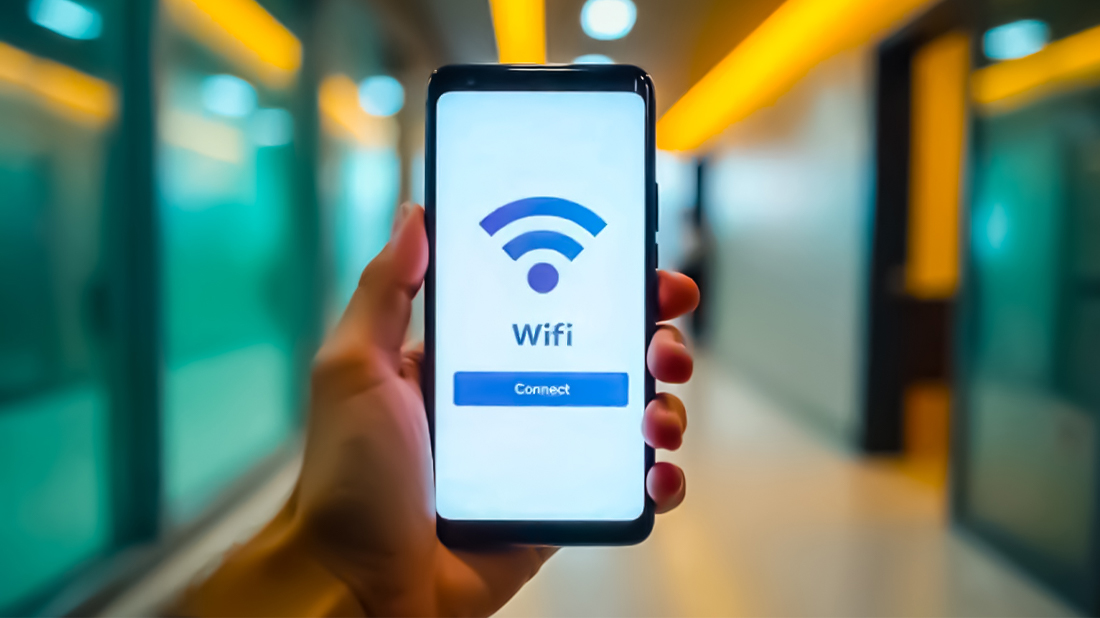In today’s digital age, WIFI is a basic necessity—whether at home or in the office. However, unknown users can secretly connect to your WiFi network without your knowledge. This can slow down your internet and even pose a security risk to your personal data.
In this post, you’ll learn:
-
How to log in to your Wi-Fi router
-
How to check who is connected
-
How to block unauthorized devices
-
Step-by-step guides for Tenda, TP-Link, and D-Link routers
-
Extra security tips to keep your Wi-Fi safe
🔐 How to Log Into Your Wi-Fi Router
To check connected users, first log into your router. Below are the default login links and credentials for popular routers:
| Router Brand | Login Link | Default Username | Default Password |
|---|---|---|---|
| Tenda | http://192.168.0.1 | admin | admin |
| TP-Link | http://192.168.0.1 or 192.168.1.1 | admin | admin |
| D-Link | http://192.168.0.1 | admin | admin |
⚠️ If you’ve changed your router’s password before, use that password instead of the default.
📶 How to Check Who Is Connected to Your Wi-Fi
-
Open your browser and visit:
http://192.168.0.1 -
Login using your router credentials.
-
Go to the “Bandwidth Control” or “Connected Devices” menu.
-
You will see a list of connected devices with:
-
Device Name
-
IP Address
-
MAC Address
-
🚫 How to Block Unknown Devices from Your Wi-Fi
Once you identify an unknown device:
-
Select the suspicious device.
-
Tap the ON/OFF switch beside it and turn it OFF.
-
This will immediately disconnect and block that device from using your Wi-Fi.
🔧 Alternative Ways to Block Devices (Router Specific Methods)
🔒 For Tenda Routers:
-
Go to: Wireless Settings > MAC Filtering
-
Add the unknown device’s MAC address
-
Select Mode: Deny
🔒 For TP-Link Routers:
-
Go to: Security > Access Control
-
Enable Access Control
-
Add the device and select Block
🔒 For D-Link Routers:
-
Go to: Advanced > MAC Filtering
-
Turn on filtering
-
Click Add New Rule, insert MAC address, then Block
✅ MAC Address Filtering ensures only selected devices can use your Wi-Fi network.
🔄 How to Change Wi-Fi Password for Better Security
Changing your Wi-Fi password regularly improves network security.
Steps:
-
Go to: Wireless Settings > Wireless Security
-
Enter a new strong password:
-
At least 8 characters
-
Mix of uppercase, lowercase, numbers, and symbols
-
📱 Control Wi-Fi from Mobile Using Apps
Use the official router apps for more convenience:
-
TP-Link Wi-Fi App
-
Tenda Wi-Fi App
-
D-Link Wi-Fi App
With these apps, you can:
-
Monitor who’s connected
-
Remove unknown devices
-
Change password remotely
❓ Frequently Asked Questions (FAQ)
Q: What if someone hacks my Wi-Fi?
A: Immediately change your password and enable MAC Filtering.
Q: Is MAC Filtering safe?
A: Yes, it adds a solid layer of security. For best protection, keep WPA2 or WPA3 encryption enabled.
Q: How often should I change my WiFi password?
A: Every 3 months is ideal for optimal security.
📌 Conclusion
Simply setting a password is not enough to protect your WiFi. Regular monitoring is essential. Always check which devices are connected and block unfamiliar ones. Stay secure, stay smart!

